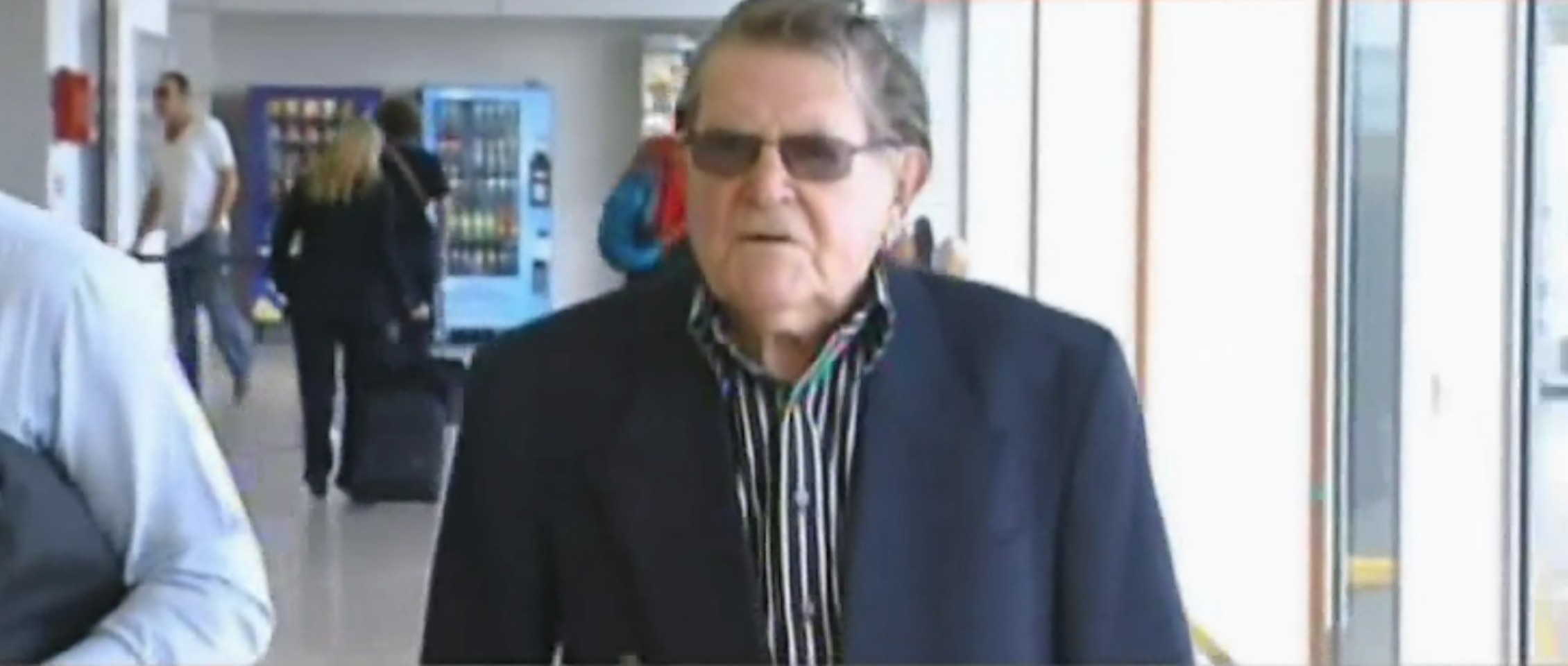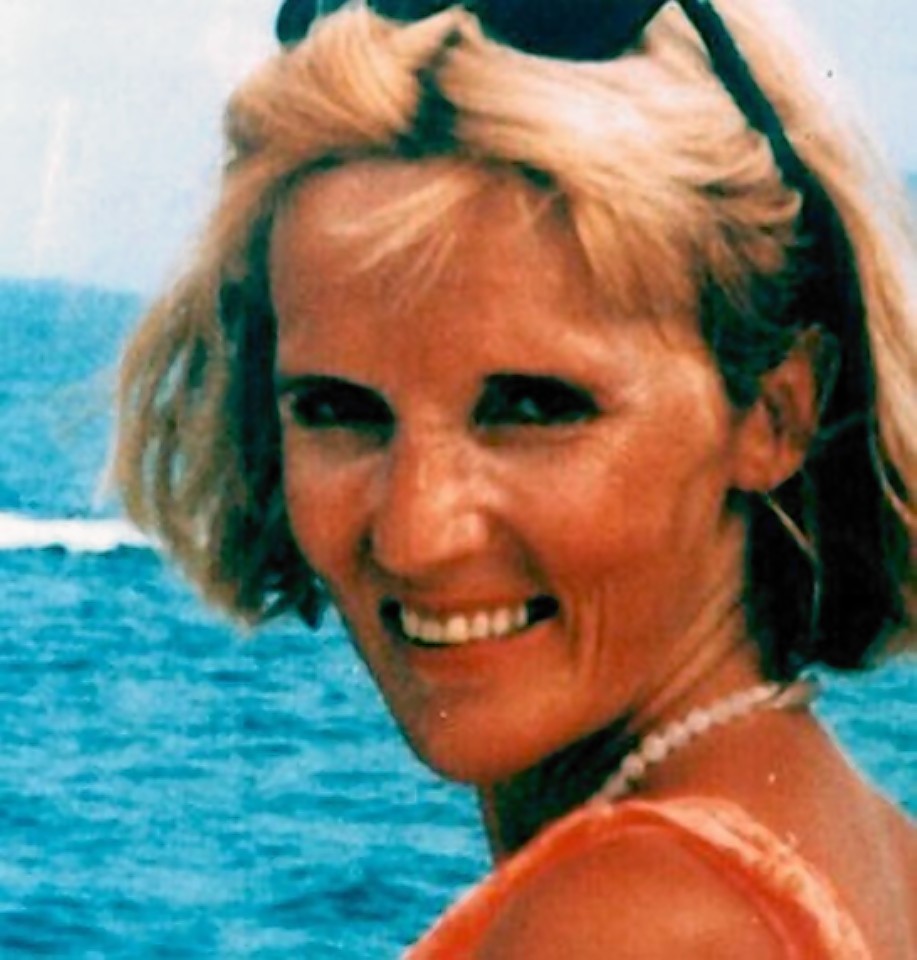A pensioner has been found guilty of killing a Moray woman and burying her body in his back garden in Australia 23 years ago.
Eighty-six-year-old Ronald Pennington was found guilty of the manslaughter of Cariad Anderson-Slater after standing trial for a fourth time.
Mrs Anderson-Slater, who was originally from Elgin, emigrated in 1990 before vanishing two years later.
The 42-year-old’s whereabouts remained a mystery until her body was discovered in 2011 as workers were digging up the garden of Pennington’s former home at Perth in western Australia.
He was found guilty of the killing in 2012, but his conviction was quashed when an appeal court ruled the judge had misdirected the jury.
He was then retried in 2013, but jurors failed to reach a verdict and the case was abandoned.
A third trial collapsed last year after members of the jury discussed information about previous trials.
His latest trial at the West Australian Supreme Court heard Mrs Anderson-Slater and her husband David Slater befriended Pennington after arriving in Perth a couple of months before she vanished.
Pennington, a retired school teacher and Korean War veteran, denied he had any role in her death and pinned the blame on her husband.
Prosecutor Justin Whalley said that on the night before the alleged killing, Mrs Anderson-Slater and her husband had dinner with Mr Pennington at his home, but there was an argument about the royal family and republicanism.
Mr Whalley said Mrs Anderson-Slater and her husband then had another argument at their home over her drinking, and she ended up going to the next-door neighbour’s house.
He told the court she later telephoned Mr Pennington and caught a taxi to the street where he lived.
He said: “The taxi driver watched her until she got to the front door of a house. She went inside and was never seen again.”
The jury deliberated for about four hours before finding Pennington guilty following a 10-day trial.
Mrs Anderson Slater’s daughter Melanie MacEachen, a doctor from Aberdeen, was in court for the trial and cried as the verdict was delivered.
Pennington has been remanded in custody and will be sentenced in September.
His defence lawyer Simon Frietag had claimed that Mr Slater was responsible for his wife’s death.
Citing Mr Slater’s self-published book Cry from an Unholy Grave, Mr Frietag said he had underplayed the seriousness of an argument before her death and he was back on the dating scene a few days after his wife’s disappearance.
He said Mr Slater also changed his will nine days after she vanished, describing himself as a widower.
Mr Whalley said that scenario was highly improbable.
While Mr Slater was initially the main suspect, police had only given Pennington’s house a cursory search during their initial investigation and he was not interviewed.
Mr Whalley also said Pennington had lied about receiving a phone call from Mrs Anderson-Slater after the couple returned home from dinner, but later “came clean”.


